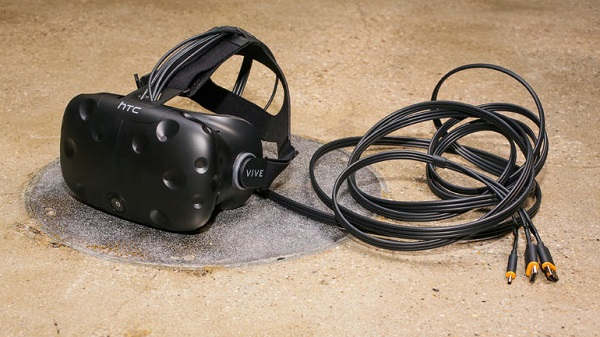As a high-end PC VR, the HTC Vive features Room-Scale tracking with a single screen resolution of 1200 x 1080, a refresh rate of 90 frames per second, and a 360-degree panoramic view. It's all good, that is, too many cables, there are multiple cable connections between the HTC Vive and the PC, which limits the player's freedom of movement.

HTC naturally also aware of this problem and is looking for solutions. According to foreign media reports, Valve and Quark VR are developing the HTC Vive wireless version prototype. The prototype is expected to debut this fall.
Quark said that a small device will be connected to the HTC Vive helmet, and a transmitter will be placed in the user's pocket. In this way, HTC Vive and PC can use Wi-Fi connection.
“There is still a huge challenge to seamlessly experience VR through a Wi-Fi connection. This connection method is bound to cause unpleasant experiences such as delays. However, fortunately, the R&D team is already very close to the goal of seamless experience. "Quark VR co-founder Georgi Georgiev said.
It is reported that Quark VR has established a direct relationship with Valve and has jointly developed the wireless version of HTC Vive for more than five months. In other words, about the time the HTC Vive went public, Valve started to develop the wireless version.
The wireless version of the HTC Vive is expected to debut this fall, but it is not yet clear what the specific time will be.
